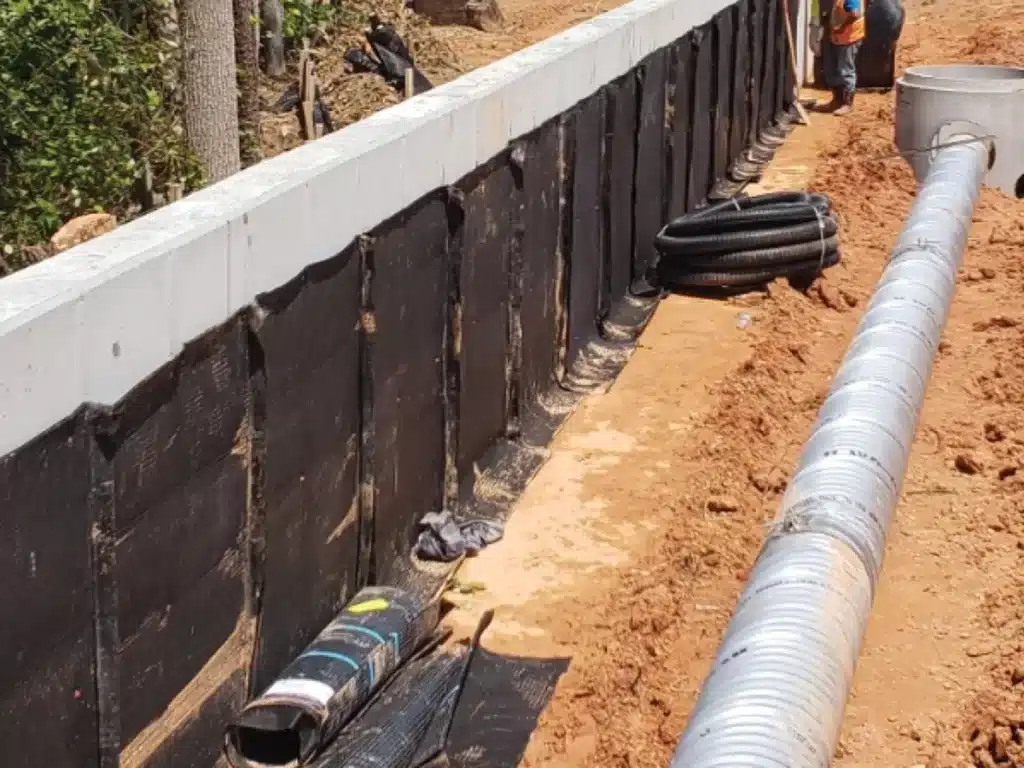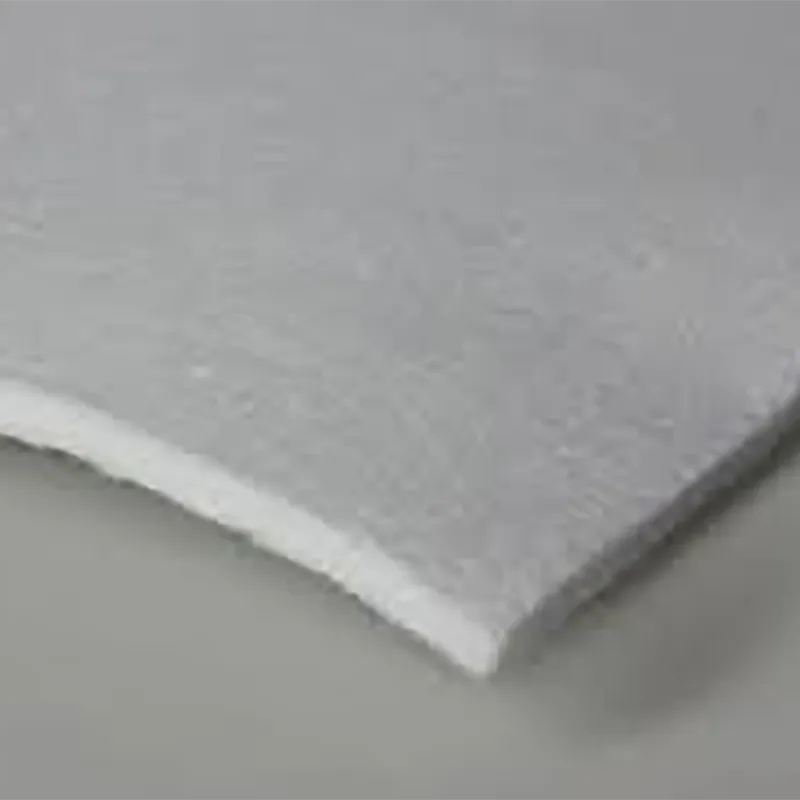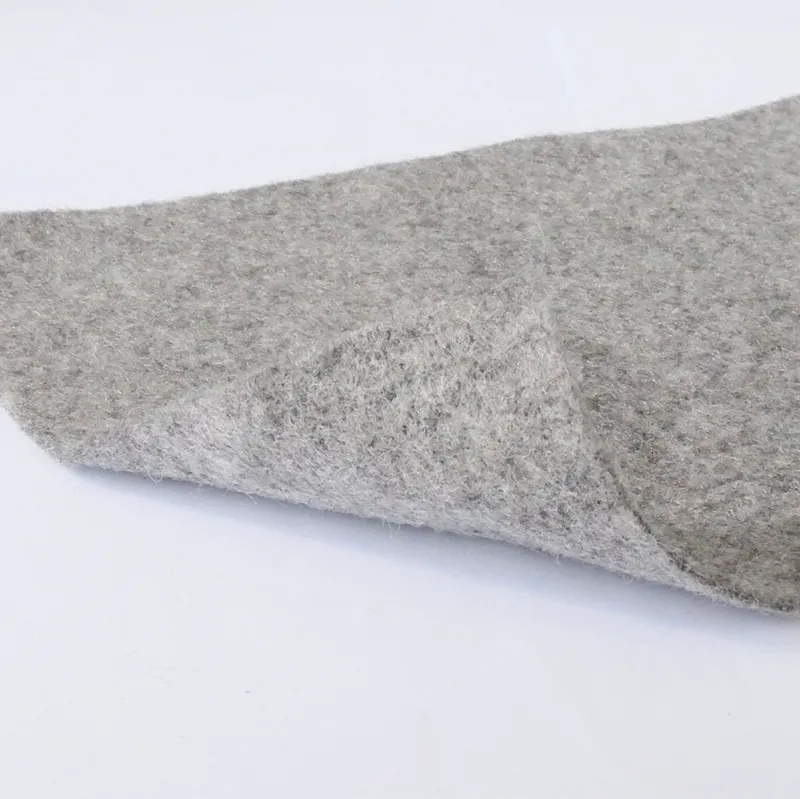+86-159 9860 6917
info@geofantex.com
geofantex@gmail.com
+86-400-8266163-44899
Nonwoven geotextiles are versatile materials that play a crucial role in civil engineering and construction projects. In this article, we’ll delve into the world of nonwoven geotextiles, exploring what they are, their applications, and the advantages they offer. We’ll also compare them to woven geotextiles to help you make informed project decisions.

What is Nonwoven Geotextile?
Nonwoven geotextiles are synthetic materials made from polymers such as polyester, polypropylene, or polyethylene. Unlike traditional woven fabrics, they are manufactured using a random arrangement of fibers bonded together by heat, chemicals, or mechanical processes. This results in a porous and flexible sheet with a range of unique properties.
What is Nonwoven Geotextile Used For?
Nonwoven geotextiles are widely used in civil engineering and construction projects, with essential roles including:
- Separation: These materials prevent the mixing of different soil layers, ensuring the stability of roadways and railways.
- Filtration: They effectively filter water, allowing it to flow through while retaining soil particles. This is vital in drainage systems and erosion control.
- Reinforcement: Nonwoven geotextiles strengthen the soil, enhancing its load-bearing capacity. This is especially valuable in retaining walls and embankments.
- Protection: They safeguard geomembranes and other sensitive materials from damage caused by sharp objects or abrasive surfaces. Additionally, they can be used to wrap French drains or in conjunction with other sub-surface drainage solutions.
Which is Better: Woven or Nonwoven Geotextile?
Choosing between woven and nonwoven geotextiles hinges on project needs. Woven geotextiles boast greater strength, making them ideal for projects requiring high tensile strength, like roadways. In contrast, nonwoven geotextiles shine in filtration and drainage tasks, thanks to their superior flow rates and permeability.
What are the Advantages of Nonwoven Geotextile Materials?
Nonwoven geotextiles come with several significant benefits:
- Excellent Porosity: Their porous structure enables efficient water drainage, lowering the risk of soil erosion and enhancing soil consolidation. However, it’s important to note that they break down much faster than woven geotextiles because they don’t have the same reinforced strength as layers of material woven together have.
- Impressive Flexibility: Nonwoven geotextiles easily adapt to irregular surfaces, making them versatile for a wide range of project needs.
- Strong Durability: They resist UV radiation, chemicals, and biological degradation, ensuring a long-lasting performance.
- Simple Installation: Lightweight and easy to handle, nonwoven geotextiles reduce labor and installation costs.
In conclusion, nonwoven geotextiles are indispensable materials in civil engineering and construction due to their versatility and numerous advantages. By understanding their applications and benefits, you can make informed decisions that enhance the success and longevity of your projects.



Get Free Sample
We’ll respond as soon as possible(within 12 hours)






















